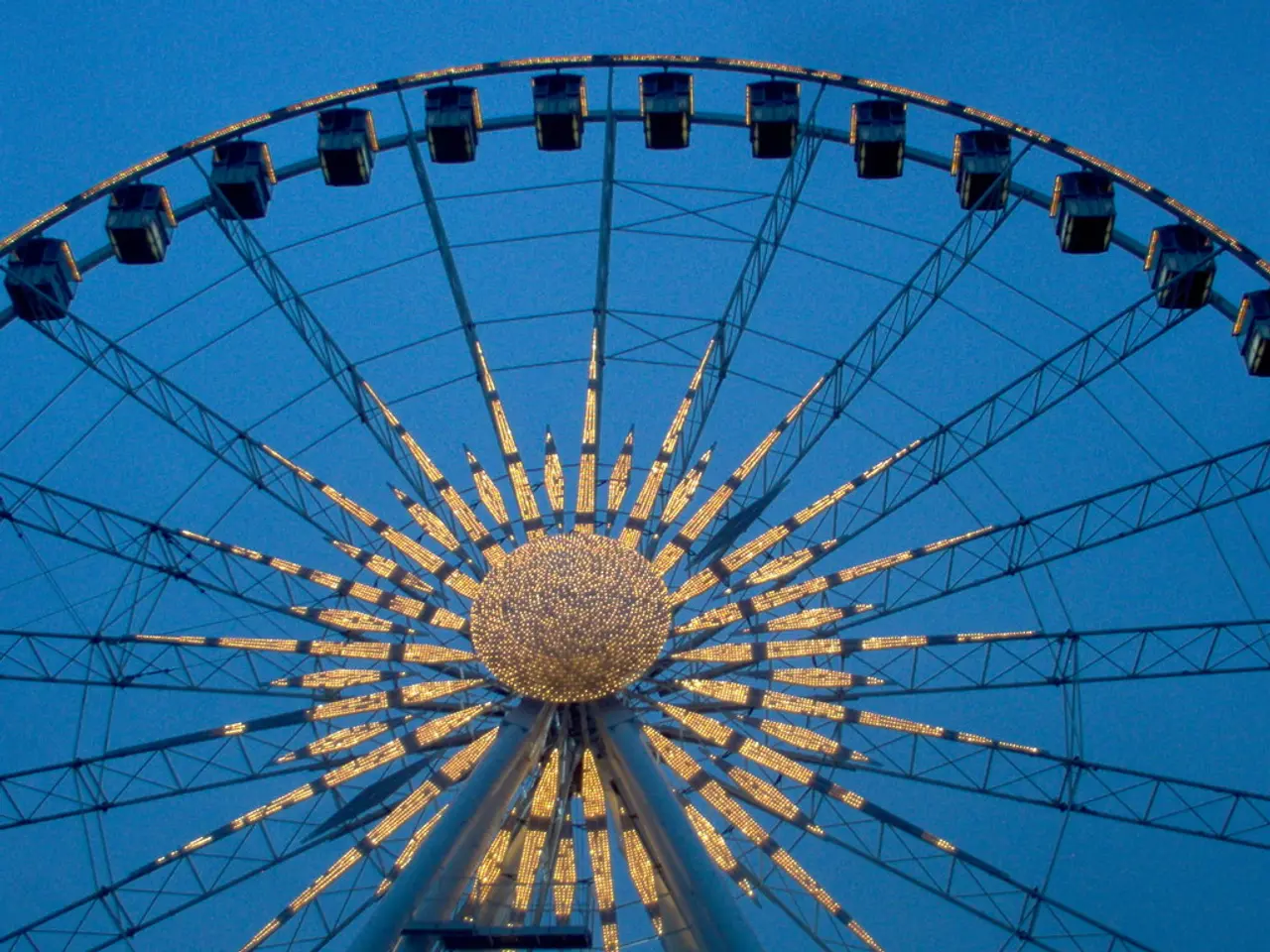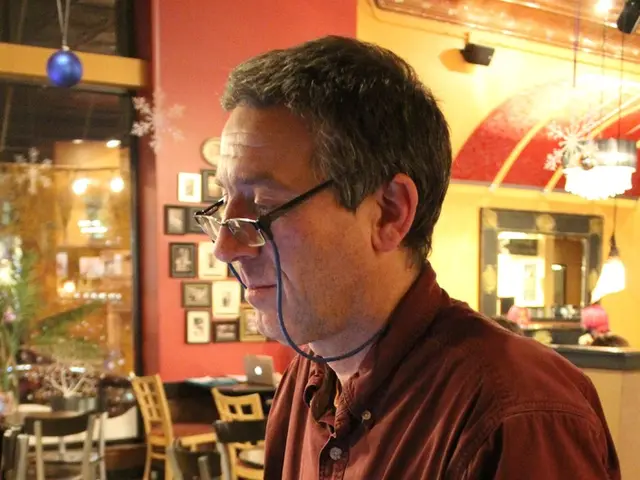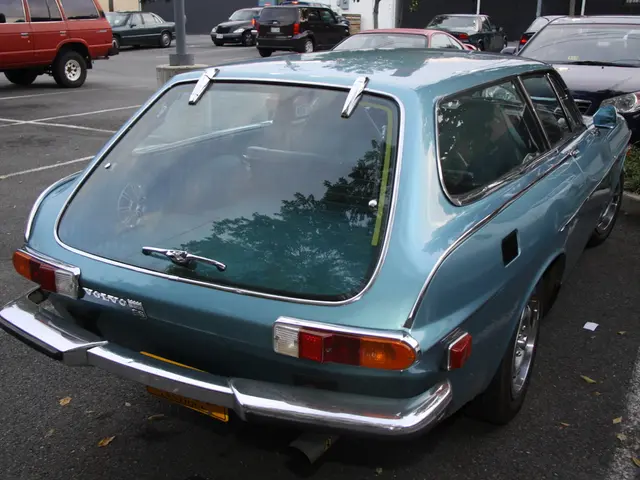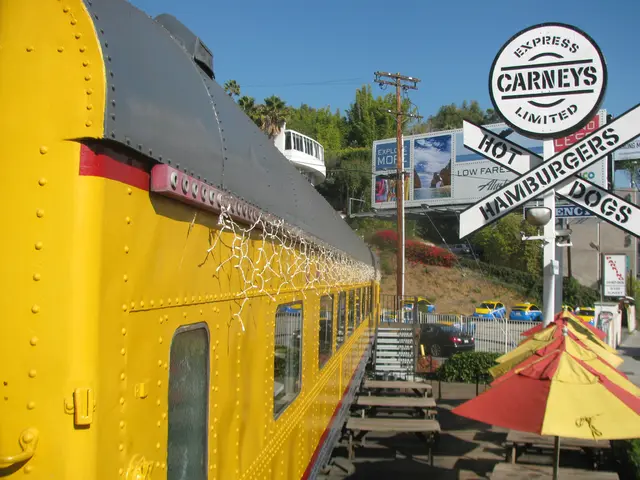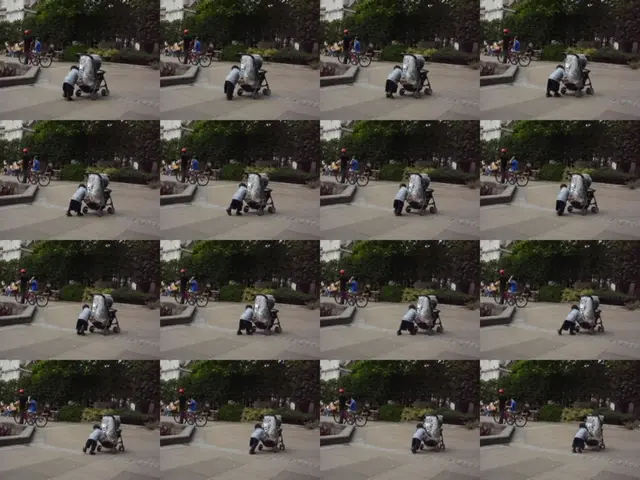NASA Outlines Strategy for Revitalizing Malfunctioning Hubble Space Telescope
Hubble Space Telescope Continues Operations with Single Gyroscope
The Hubble Space Telescope, a cornerstone of astronomical research, has made a significant adjustment in its operations. NASA has decided to keep the telescope running with only a single gyroscope, while the second remains in reserve.
The Hubble Space Telescope, operational for nearly three decades, has been a powerful partner with the James Webb Space Telescope, allowing astronomers to observe the universe in different light spectra and gather valuable information about its nature and evolution. However, the telescope's current predicament presents challenges.
The Hubble Space Telescope initially relied on gyroscopes for precise pointing and stability. After the failure of multiple gyroscopes, NASA implemented workarounds involving operating with fewer gyroscopes or using alternative control systems, such as fine guidance sensors and sophisticated software algorithms.
The reduced number of operational gyroscopes has implications for the telescope's capabilities. Temporary interruptions in scientific observations, limited pointing capability, and increased operational complexity are among the challenges faced. However, these have been mitigated through various means.
Switching to two-gyroscope or even one-gyroscope modes temporarily before repairs or replacements, increased reliance on gyroless operations using other onboard sensors and software controls, and implementing regular servicing missions to replace faulty gyroscopes before the end of their lifespan have all played a role in managing these challenges.
The Hubble Space Telescope's ongoing operation with a single gyroscope marks a significant challenge for NASA and the astronomical community, as they strive to maintain the telescope's valuable contributions to space exploration. Despite this, officials remain optimistic that the Hubble Space Telescope will continue to contribute to scientific research through the mid-2030s.
However, the telescope's reduced functionality may impact ongoing research projects and the collection of data for future scientific studies. Only two out of the six original gyroscopes installed in the Hubble Space Telescope are still operational. The telescope will no longer be able to observe objects closer to Earth than Mars due to the reduced number of operational gyroscopes, which requires more frequent and rapid adjustments for effective observation.
NASA is likely to consider options for repairing or replacing the Hubble Space Telescope's gyroscopes in the future to restore its full functionality. Estimates suggest that the telescope can continue operating until around 2035, provided it remains on orbit and is adequately maintained.
In summary, gyroscope failures have been managed through redundancy, operational workarounds, and periodic servicing. Hubble now uses a combination of gyroscopes, fine guidance sensors, and software controls for stabilization. The estimated operational life extends to approximately 2035, subject to hardware and orbital conditions. The Hubble Space Telescope's continued operation with a single gyroscope is a temporary solution, but it continues to make valuable contributions to our understanding of the universe.
The Hubble Space Telescope, despite its reduced capabilities due to operating with a single gyroscope, is still a vital instrument for scientific research in space-and-astronomy, particularly in understanding the universe's nature and evolution. In the realm of technology, NASA is exploring options to repair or replace the gyroscopes to restore the telescope's full functionality, ensuring its continued contributions to astronomical research and science.
